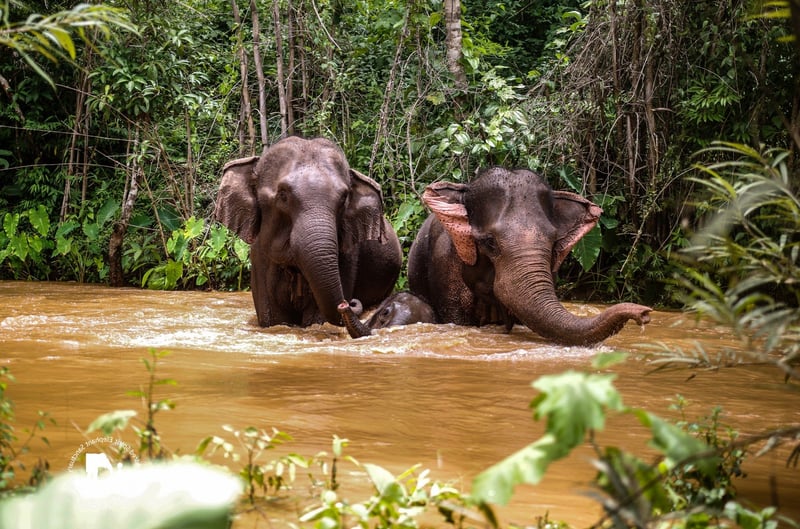
One of the questions we get asked the most often is why we are not a vegetarian or vegan advocacy organization. It’s a good question—surely we can help more animals if we all went vegan? As someone who hasn’t eaten animal products in more than ten years, it’s something I’ve thought long and hard about.
There are two schools of thought: One is the uncompromising “shoot for the stars, and you’ll fall on the moon” approach, meaning that if you ask people to go vegan for the animals, then they might hear you and go somewhat veg and reduce their meat intake.
The other, more real-world approach is to take the world as you find it, not as you’d wish it to be. This requires meeting people where they are. This is the approach we take at World Animal Protection in the hope we can make life worth living for the most animals possible.
Even the most optimistic estimates of the percentage of vegans in the US puts the figure at around 6%—a more conservative guess would be half that. This means the overwhelming majority (90%+) of Americans eat meat, eggs, and dairy from animals. We know that almost all animals in the food system come from factory farms (95%), which means that the vast majority of people eat animals raised in cruel conditions.
Instead of tinkering around the edges, convincing a few more people to go vegan, we can create better lives for animals if we take the food system as it is and put our efforts towards improving it. That means:
- Winning corporate policies to improve the lives of millions of animals;
- Advocating for legislative protections that apply to all animals in the country or a state;
- Asking individuals to do what they can to reduce animals’ suffering by eating fewer of them
Factory farms are a relatively new phenomenon. Huge Concentrated Animal Feeding Operations (CAFOs) started popping up after World War II in reaction to the rising incomes and demand for meat. Today, Americans eat almost twice as much meat as we did in the 1940s and more than any other large country on a per capita basis. And while the price of meat has increased by an average of 3.22% per year since 1950, it hasn’t kept pace with inflation, meaning that meat has become cheaper in real terms—driven by the intensification of animal farming.
Jonathan Safran Foer, the author of Eating Animals, says if you asked a room of 10 people to go vegan, the chances are that none of them will likely take you up on the offer. Instead, if you asked them all to reduce their meat intake—most of them will feel that’s in their ability to do. You’ll save more animals by persuading more people to do a little bit than you will convincing a few people to do a lot.
At World Animal Protection, we’ve enshrined this approach into everything that we do, not just impacting farmed animals.
We know that a vast amount of people love animals and don’t want to see them suffer. But the paradox is that it’s animal lovers, with their desire to be close to animals, who are all too often inadvertently responsible for fueling the demand that causes animal suffering. This is where our work to improve the lives of wildlife comes in.
We work with tourism venues to move away from cruel exploitative entertainment, rather than forcing them to close. Responsible transitions ensure that workers can find alternative incomes, that communities dependent on that income continue to flourish, and that the animals’ wellbeing is guaranteed. For example, in 2019 we completed the transition of Chang Chill in northern Thailand from an elephant riding camp to the world’s first high-welfare venue, complete with observation-only platforms and feeding tubes to prevent direct contact with the elephants. This ensured that the mahouts (elephant handlers) kept their jobs, the elephant owners kept on generating income (in exchange for a breeding ban), and the six resident elephants get to live out the rest of their lives just being elephants.
While we have our redlines (people shouldn’t buy wild animals to be kept as pets, people shouldn’t swim with dolphins, etc.), we make it as easy as possible for people to find alternatives that give them that once-in-a-lifetime experience that they won’t live to regret. Again, meeting people where they are and offering them an option that will positively impact the most animals.
We’d love to hear from you. Let us know what you think of our approach, and let us know how we can better serve animals together.